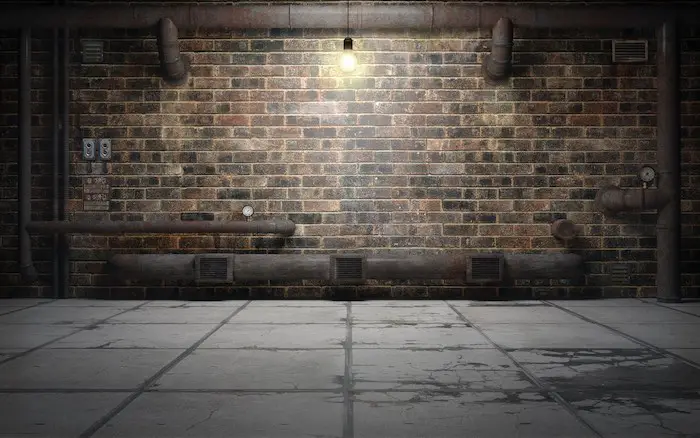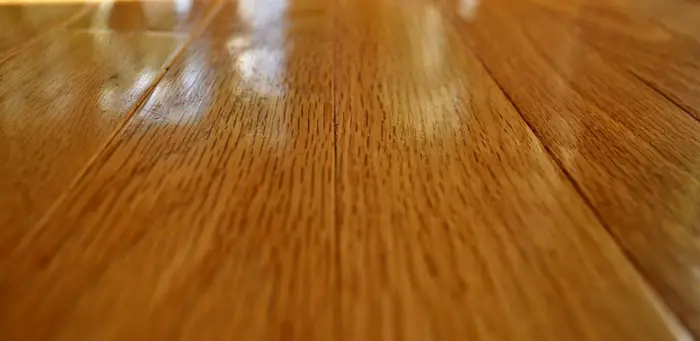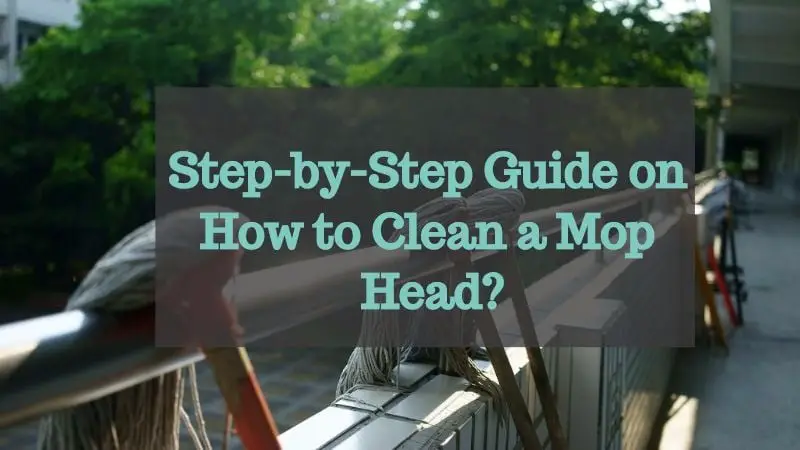Do you keep postponing the date for cleaning your dusty basement because you don’t like it there? Well, you are not alone. It looks like quite a chore, doesn’t it? And, even after cleaning many times, you may still notice traces of concrete dust in the basement.
We empathize with your situation and want you to know that this is a common problem faced by homeowners, so relax. Luckily, there are quite a few ways to clean that concrete dust and also control the accumulation of it.
In this article, we will tell you how to get rid of concrete dust in the basement but before that let’s take a look at the reasons that make the basement floor so dusty.
Reasons For Concrete Dust In Basement
Basement floors are usually made of concrete, resulting in a lot of dust that feels like a tedious task when it comes to cleaning. Here are a few things that explain the reason behind concrete dust in the basement area.
- There’s often an inadequate mix of concrete with an excess of silt or clay in the mixture
- Improper sealing or curing of the concrete on the surface may result in excretion of moisture, oil, or grease that result in the gradual disintegration of the floor.
- An excess of bleed water at the time of finishing work results in extra water rising to the surface, and this carries finer concrete particles, resulting in a fragile and softer layer.
- Sometimes an excess of foot traffic on an unfinished surface may lead to breaking down and produce more dust later one. This could make the basement feel dusty even after cleaning.
Ways To Remove Concrete Dust In Basement
There are quite a few ways of cleaning concrete dust from any surface. After extensive research, we found the following three methods most useful and effective.
1. Scrapers
You may consider using a scraping tool to remove any excess concrete dust on the floor. Again, you must be very careful to not damage the tiles with this method.
2. Tea towel
This method can be used when the cement dust still feels fresh and you need a tea towel for the process. Take the towel and rub hard on the surface of the basement floor to loosen up the cement dust. However, this requires a lot of hard work and also takes too much time.
#3. Vinegar mixture
Next, we suggest using a vinegar mixture comprising of vinegar and water mixed in equal parts (50/50). This is an acidic mixture that does a good job of removing any traces of concrete dust. However, please bear in mind that this mixture can damage the basement floor if there are tiles made of marble and any calciferous natural stone.
Steps For Cleaning A Basement Floor
If you have finally decided to clean your basement, we suggest that you take a day out and dedicate it completely to cleaning. Depending on the condition of your basement, you may want to take out space and free up the floor space for cleaning.
- Start the cleaning process by scraping off crumbling drywall or any loose pieces of foundation.
- If your basement is in rough shape, you may need to deal with pests control or check for any signs of infestation, holes, or droppings.
- Use a broom to brush away any loose dirt and debris, or if your basement floor is flat then you may use a vacuum cleaner to get a hassle-free cleaning.
- Next, fill a mop bucket with one gallon of water and a quarter of mild cleaning detergent. Now, stir gently.
- Dip a cleaning mop into the detergent solution and wring thoroughly to get rid of any excess solution
- Start cleaning the basement floor from the farthest corner in small sections until you cover the complete floor. You may switch on the fan to quicken the drying process
- Use warm water to rinse the floor and make sure that you wring out the mop thoroughly. You may add a few drops of lavender oil to ensure a sweet scent in the room
- Let the floor dry out completely before returning the valuables to the basement.
Tips to Help You manage Dusty Concrete on Floors
While it’s important to get rid of the concrete dust frequently, it’s also essential to keep an eye on any minor issues before they turn into irreparable damage. Here are some quick tips that can help you keep the concrete dust in check.
Replace or repair any ill-fitting door seals
This is one of the most common ways for the breeze to get into your basement and cause friction on your concrete floor. It may also bring in outside dirt, further making the inside area more untidy. You can avoid the problem altogether by replacing and repairing any loose or broken door seals.
AC/HVAC and Filters
When it comes to removing concrete dust from the basement area, an AC or HVAC heating or cooling system can do a great job. The filter used in these systems pulls out particulates from the air, helping you to get rid of the excess dust present on the concrete floor.
If the filter gets clogged, it won’t work as efficiently and let the dust build-up, resulting in high energy bills. Hence, getting the AC/HVAC filters regularly inspected and cleaned can go a long way in ensuring lower energy bills and a cleaner basement.
Sealants and Paints
You may also use other sealants like PVA glue to resolve the dusty concrete problem. As these sealers are penetrating in nature, they go deep inside the concrete instead of simply sitting on the surface, thus they hinder the moisture from disintegrating the concrete floor. It also prevents staining and filling the cracks to add years to your basement floor.
Interlocking PVC Floor Tiles
The interlocking PVC floor tiles are the perfect solution for a dust-free basement area. As these tiles lock neatly together, this helps in keeping the dust-out and maintain a clean floor. If there are any stains, you can tackle it with the help of an additive named Trisodium phosphate or TS.
PVA Glue
Polyvinyl acetate, also known as PVA, is often used as a concrete sealer to prevent your concrete basement floor from disintegrating. First, you need to clean the concrete floor thoroughly and then apply a PVA sealer using a paintbrush. Let it dry and you will have a clean and polished floor.
Use a vacuum cleaner instead of sweeping the floor
If you use a broom for sweeping the basement floor, this may result in moving around and redistributing the dust instead of properly removing it. For best results, we suggest that you use a vacuum cleaner that has a good internal filter that catches fine dust particles to let you perform efficient cleaning.
Final Words
Let’s not forget that basements are after all basements – they are located under the house and have high humidity and low light conditions. Mold and mildew growths are common. With proper cleaning and maintenance, you can get rid of concrete dust in the basement and also ensure future floor care. All the methods and tips for concrete floors mentioned above can also be applied to concrete walls to get similar results.
See Also:
How To Clean Dried Polyurethane From Paint Brush
7 Best Air Purifiers For Mold In Basement
Can You Clean A Mattress With A Carpet Cleaner


